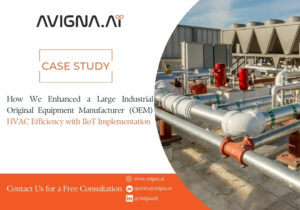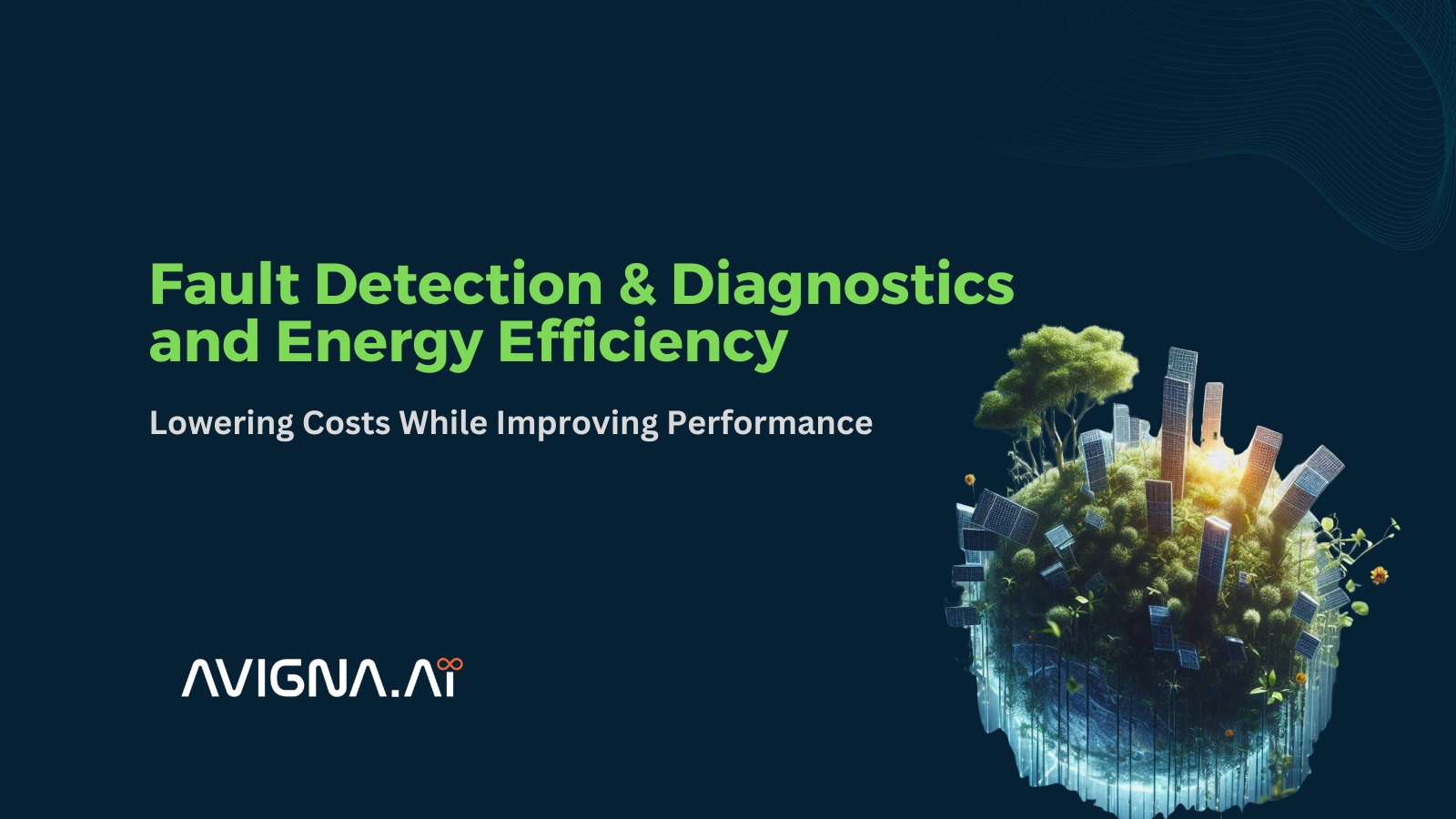As buildings grow more advanced and energy-conserving, predictive maintenance emerges as a revolutionary technique for HVAC industry. Predictive maintenance aids prospective problem detection well ahead of breakdown. It aids innovators to devise proactive strategies to reduce costs while improving indoor comfort and sustainability. Are you prepared to get the full benefits of predictive maintenance in HVAC for your facility? Let’s explore more on this in this article.
The Evolution of HVAC Maintenance Strategies
Initially, most HVAC facilities relied on a “run to failure” reactive model where equipment was fixed only after breaking down. While initially low-cost, this led to unexpected downtime and higher long-term expenses.
The industry shifted to scheduled preventative maintenance based on run-hours or calendar time to gain more control. Technicians would perform routine checks and services regardless of actual need. Though more reliable than reactive maintenance, preventative strategies still failed to maximize efficiency or equipment life. Parts were often replaced prematurely, wasting resources.
Predictive maintenance in HVAC emerged as a more innovative solution. By continuously monitoring systems, any changes from baseline performance are detected even before problems arise. Predictive programs can precisely determine the actual condition and optimal servicing schedule for each component using sensors, data analytics, and automation. This proactive approach achieves excellent reliability at a lower overall cost while supporting sustainability through efficient operations.
The Full Spectrum of Predictive Maintenance Opportunities
Predictive maintenance programs cover a broad spectrum with varying levels of complexity, automation, and return on investment depending on factors like facility size and budget. The following sections explore predictive maintenance’s full range of applications for HVAC systems.
1. Basic Condition Monitoring
Entry-level programs incorporate portable vibration and thermography equipment for periodic visual inspections and manual diagnostics. Technicians collect performance metrics and images during routine visits to establish baselines and spot any irregularities requiring further investigation or maintenance.
2. Computerized Maintenance Management
More advanced setups centralize equipment records and work orders in computerized maintenance management software (CMMS). Performance test results, repair histories, replacement timelines, and spare parts inventory are digitally tracked to refine predictive algorithms.
3. Condition-Based Maintenance Plus
In the next step, condition-based maintenance plus (CBM+) installs permanent monitoring sensors and gateways to remotely collect operating data from target machinery. Vibration, thermal imaging, ultrasonic leak detection, high-speed video, and other diagnostic tools feed maintenance planners real-time insights.
4. Integrated Diagnostics
The highest form of predictive maintenance fully integrates monitoring sensors, analytics dashboards, automated maintenance scheduling, and two-way control systems communication. A digital twin simulation mimics the physical equipment fleet to test “what if” scenarios. AI-driven self-learning optimizes performance by autonomously adjusting setpoints or triggering maintenance as needed without human oversight.
Setting the Foundation for Predictive Maintenance Success
Regardless of implementation level, certain foundational elements are critical for predictive maintenance programs to maximize benefits:
- Committed Leadership – Gaining executive buy-in ensures adequate resourcing and change management support over the long term.
- Strategic Planning – A roadmap detailing initiatives, target systems, milestones, metrics, and continuous improvement goals provides direction.
- Cross-Functional Teams – Involving all stakeholders from operations to finance fosters collaboration and removes silos.
- Reliable Data Insight – High-quality, consistently formatted sensor data delivered through a secure, scalable architecture.
- Skilled Workforce – Technicians require training to understand new processes, leverage IoT tools, and collaborate remotely as needed.
HVAC Predictive Maintenance in Action
Let’s explore how predictive maintenance in HVAC initiatives can be applied within specific HVAC subsystems and components—from centrifugal chillers to fans and coils—to maximize their value over traditional, reactive methods.
1. Centrifugal Chillers
Accountable for up to 40% of a large building’s energy usage, centrifugal chillers represent a prime target for predictive analytics. Sensors installed on motors, bearings, and refrigerant lines can detect subtle oil contamination, motor vibration increases, or capacity/efficiency degradation well before total failure occurs. Remote chiller monitoring also enables fine-tuning control sequences to curb unnecessary run-hours and eliminate wasteful, simultaneous heating/cooling.
2. Cooling Towers
Considered the outdoor “heart” of HVAC systems, cooling towers demand careful upkeep. Vibration sensors affixed to fan shafts and motors spot imbalance/alignment problems, while ultrasonic probes detect leaks, corrosion, or biological growth in piping long before visible. Environmental monitors sample temperature, humidity, and air/water quality to help optimize tower performance for local conditions.
3. Air Handling Units
Air handling units (AHUs) move and condition air throughout buildings; predictive tools monitor their many components as an integrated system. Coil fin surface roughness, dirt buildup, and airflow abnormalities affecting efficiency are pinpointed through differential pressure, temperature, and static pressure sensors. Vibration alerts detect bearing wear, sheave misalignment issues, or loose motors/belts long before total component failure occurs.
4. Facility Controls
Predictive analytics also optimize building automation systems (BAS) and control networks. Monitoring control valves, dampers, sensors, and actuators detects calibration drift or component degradation compromising temperature/humidity/IAQ setpoints. Any control sequence code faults are diagnosed through simulation to refine logic, trim energy use, and validate compliance with comfort standards before submitting regulatory reports/audits.
Becoming a Predictive Champion
Full advantage of predictive maintenance requires strong collaboration between technical specialists, operations teams, and executives sponsoring organizational change. Here are some best practices to champion predictive HVAC maintenance successfully:
- Data-Driven Decision Making: Create a data governance structure and analytics dashboard displaying KPIs to facilitate fact-based discussions and continuous process optimization.
- Cross-Training: Establish regular knowledge-sharing touchpoints, bringing together maintenance technicians, data scientists, controls experts, and management.
- Maintenance Standardization: Leverage computerized workflows to codify equipment inspection/repair procedures aligned with predictive strategies for consistency as personnel change over time.
- Clear Communication: Prominently share facility-wide program cost/benefit results through centralized reporting to spark employee buy-in and reinforce predictive maintenance’s strategic value.
- Long-Term Roadmap: Develop a multi-year implementation plan to progressively scale predictive maintenance coverage and maturity through phased pilots and technology upgrades.
Going Beyond Compliance
While code minimums and efficiency incentives motivate energy management, predictive maintenance lifts HVAC performance beyond essential regulatory compliance. To continuously push the boundaries:
- Partner with IoT Solution Providers: Leverage emerging diagnostics like machine vision, ultrasonics, artificial intelligence, and more through technology partnerships for novel issue resolution.
- Benchmark Internally and Externally: Track cost savings and carbon footprint reduction compared to similar buildings to quantify sustainability leadership and refine goal-setting.
- Share Successes Transparently: Publish case studies showcasing predictive milestones to recognize involved staff while inspiring adoption in other industries and geographic areas.
- Reinvest Achieved Savings: Reallocate expense reductions into expanding predictive infrastructure coverage, refining analytics tools, or workforce reskilling to sustain competitive advantage momentum in the long term.
The Future is Predictive: Build it with Avigna
With diligent execution, predictive maintenance in HVAC revolutionizes how facilities approach HVAC service delivery through information-driven continuity rather than sporadic repairs. As technologies are connected, the possibilities for intelligent systems optimization are endless. For facilities committed to industry leadership, the future remains brightly predictive.
At Avigna, we specialize in driving IoT innovation in HVAC. Our award-winning IoT Platform “Avigna Cube” helps global innovators to build successful IoT Solutions. Email us at queries@avigna.ai for a free trial of our IoT platform. Consult with us. Follow us on LinkedIn.






